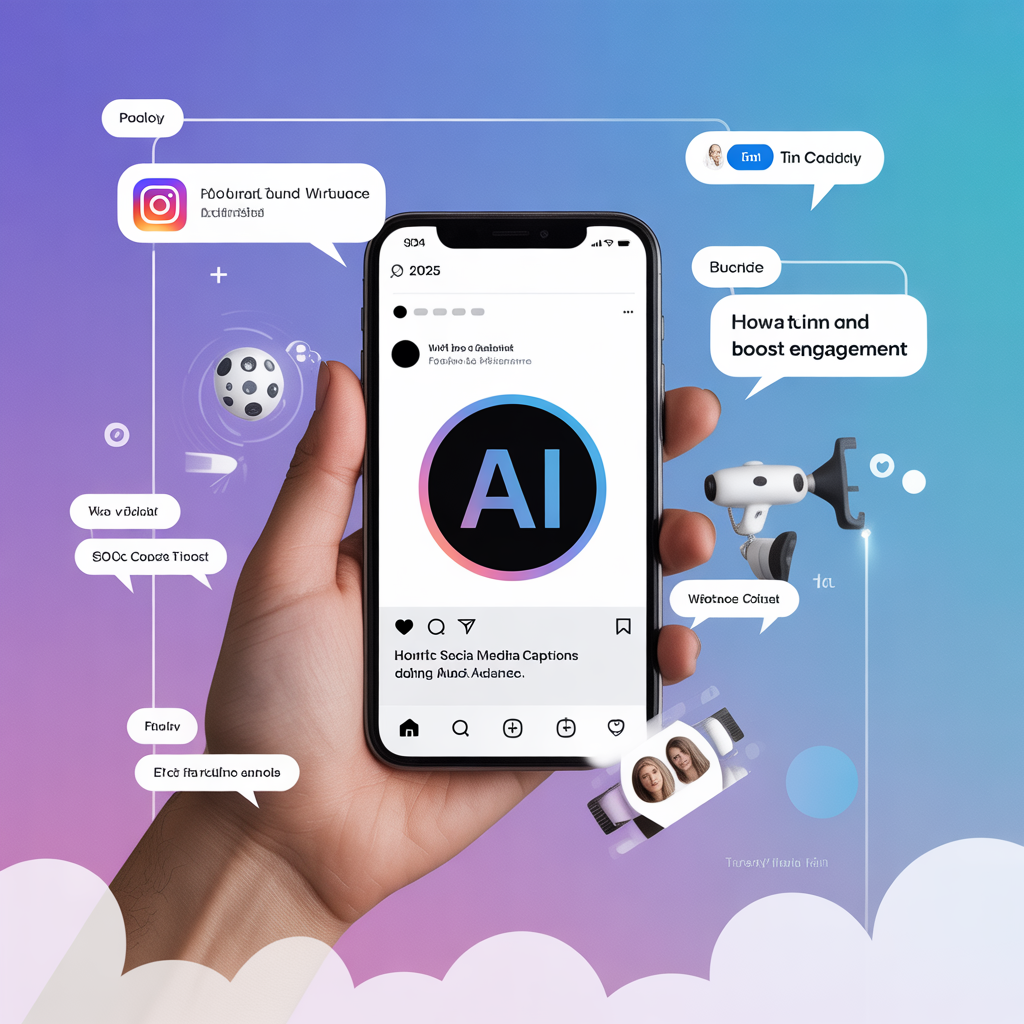Introduction: Emotion — The Hidden Power of Great Content
Emotion is the invisible thread that connects people to your words. It’s the reason why a brand story makes you tear up, a motivational post pushes you to act, or a heartfelt email earns your trust.
But in today’s fast-paced digital world, writing with emotional depth consistently is challenging. Content creators juggle SEO, tone, brand voice, and deadlines — often leaving emotion behind.
Here’s where Artificial Intelligence (AI) steps in, not as a replacement for human emotion, but as a creative assistant that helps you amplify empathy, structure stories, and enhance engagement.
This blog explores how AI understands emotion, how to guide it through the right prompts, and how to maintain the human touch while scaling your emotionally engaging content.
1. Understanding Emotional Content: Why Feelings Matter More Than Facts
Facts inform. Emotions inspire.
Numerous studies show that people make decisions emotionally first and justify them logically later. Whether it’s buying a product, signing up for a newsletter, or sharing a post — emotion drives action.
Emotionally engaging content can:
- Build trust and brand loyalty.
- Increase time spent on your website.
- Trigger social shares and word-of-mouth.
- Boost conversions in marketing emails and landing pages.
In marketing terms, emotion acts as the “X-factor” that turns ordinary copy into memorable messaging.
However, not every writer can naturally express empathy or inspiration in each piece of content. This is where AI tools help — by analyzing tone, detecting sentiment, and suggesting emotionally rich alternatives.
2. How AI Understands Human Emotion Through Language
AI doesn’t have feelings — but it’s surprisingly good at detecting and replicating emotional tone.
Modern AI systems use Natural Language Processing (NLP) and Sentiment Analysis to understand the emotional intent behind words. For example:
- “This product changed my life” → Positive sentiment
- “I’m disappointed in the results” → Negative sentiment
- “I expected more” → Mixed sentiment
When you feed AI content, it breaks it down into linguistic cues like adjectives, sentence rhythm, and emotional vocabulary. Then it evaluates how a human reader might feel reading that message.
Advanced tools such as ChatGPT, Jasper, Writesonic, and Copy.ai also have built-in tone detectors that allow you to modify or balance emotional intensity. You can ask them to make a paragraph “more inspiring,” “more empathetic,” or “less formal.”
3. The Art of Prompting: Teaching AI to Feel Through Words
AI doesn’t “feel” emotion — it mimics it through your guidance. The secret lies in your prompts.
Here are some examples of emotionally tuned prompts you can use:
- 🩵 “Rewrite this paragraph to sound more hopeful and encouraging.”
- ❤️ “Add empathy to this email for a customer who had a poor experience.”
- 💛 “Make this social post feel warm and authentic instead of robotic.”
- 💙 “Turn this feature list into a story that connects emotionally.”
- 🧡 “Use motivational storytelling to inspire small business owners.”
By giving AI emotional direction, you’re teaching it to match your audience’s state of mind.
Example:
Neutral: “Our product helps you save time.”
Emotional: “Finally, you can spend less time stressing over tasks — and more time living your life.”
Same message. Different feeling.
This emotional refinement is what transforms AI from a text generator into a storytelling partner.
4. AI and Storytelling: Turning Logic into Feeling
Stories create connection because they reflect our shared experiences.
AI has become surprisingly good at structuring and suggesting stories that align with emotional triggers like:
- Hope: overcoming obstacles
- Pride: achieving success
- Relief: solving a problem
- Belonging: joining a community
Example:
Instead of saying,
“We provide 24/7 fitness coaching,”
AI can generate,
“Imagine waking up every morning with a coach who believes in your progress — even when you don’t. That’s the kind of motivation our app brings to your fitness journey.”
That’s storytelling infused with emotion — and it’s far more persuasive.
You can even ask AI to create micro-stories for social media: short, relatable moments that evoke curiosity or empathy in just a few lines.
5. How to Maintain Brand Emotion Across All Platforms
One challenge brands face is keeping emotional tone consistent — across websites, blogs, ads, and emails.
AI can help by:
- Creating brand tone templates (e.g., “friendly but expert,” “inspirational yet factual”).
- Checking your content for emotional mismatches.
- Suggesting rewrites to align tone across all formats.
For instance, if your blog is empathetic but your emails sound cold, AI can highlight the difference and recommend emotional alignment.
This ensures your brand voice stays emotionally cohesive, whether you’re posting on LinkedIn or sending a sales email.
6. Balancing Emotion and Authenticity: The Human Touch Still Matters
AI is powerful, but emotion without authenticity can feel manipulative. That’s why your human oversight remains essential.
Here’s how to keep it real:
- Share genuine experiences or customer stories.
- Avoid exaggerated or forced emotions.
- Read your AI-generated content out loud — does it sound human?
- Add your unique phrasing, humor, or cultural context.
AI can guide the emotion, but only humans can truly feel it — and that feeling makes your content trustworthy.
Think of AI as your emotional amplifier, not your emotional replacement.
7. Real-World Use Cases: Emotional AI Writing in Action
Email Marketing
AI helps personalize emotional tone based on recipient behavior.
Example:
- First-time buyers → “We’re thrilled to welcome you!”
- Inactive users → “We miss you — let’s reconnect.”
Social Media
AI analyzes engagement data to learn what emotional content performs best — humor, inspiration, empathy, or motivation — and recommends your next post style accordingly.
Brand Storytelling
For product launches, AI tools can create emotionally charged narratives that introduce your product as the hero solving your audience’s pain points.
Customer Support Communication
AI can generate empathetic responses that calm frustrated users without sounding scripted — a big plus for customer satisfaction.
8. The Future of Emotionally Intelligent AI
We’re moving into an era of Emotion AI, where tools not only read text but also analyze voice, facial expression, and sentiment in real time.
Soon, marketers and writers will use AI systems that adapt tone dynamically — detecting if readers are confused, excited, or disengaged, and rewriting accordingly.
But even as technology advances, emotion will remain the human advantage. AI might help us understand emotions better — but only humans can create them genuinely.
Conclusion: The Perfect Blend of Heart and Machine
Emotionally engaging content is not about choosing between heart and technology — it’s about merging both.
AI gives you the tools to analyze tone, structure emotion-driven narratives, and write at scale — while you provide the authenticity, empathy, and human touch that readers crave.
In this partnership, the writer’s soul meets the machine’s intelligence — and together they craft content that connects, converts, and inspires.
So next time you open your AI writing tool, don’t just ask it to “write a blog.”
Ask it to “write something people will feel.”
That’s how you turn data into emotion, and content into connection.


